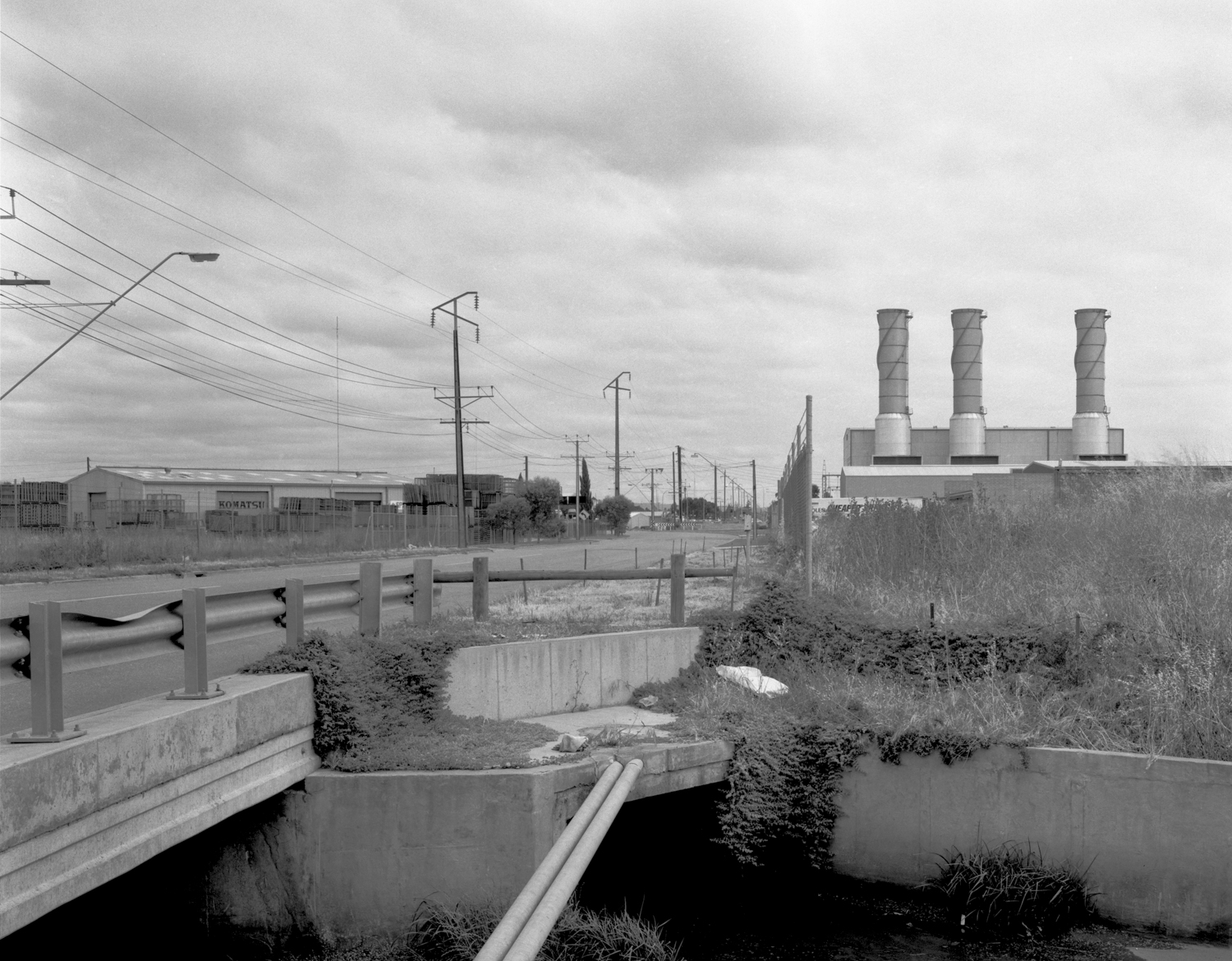In the early part of the 1970-2000 period photography in Adelaide overcame its traditional banishment by the art institution. It was finally recognised as potentially being a medium in its own right as an art form that had its own intrinsic qualities and capital value, which could be collected and subject to critical and art historical scrutiny. Photography, for instance, made a modest appearance in Christopher Allen’s 1997 text Art in Australia: From Colonisation to Postmodernism, where Sue Ford, Ponch Hawkes and Carol Jerrems were mentioned in relation to the women’s art movement in the 1970s and Anne Zahalka, Fiona Hall and Bill Henson were mentioned in relation to postmodernism in the 1980s.
Art photography became a part of the culture of the modernist art institution (largely shaped by MOMA) where art is framed and appears as autonomous; both as something apart from the everyday world and only referring to its own history, dynamics and language. What underpins this is the modernist idea of art as an uninterrupted continuum laid out in a suite of connected rooms in an art gallery that functions as a museum.

Photography became incorporated into aesthetic concerns that were over and above its traditional documentary and vernacular status in popular culture premised on its close association through the referent with the real. So it traditionally points to a world outside itself, not just to itself or its own history, even as its mechanical reproduceability undermined the aura of painting. When photography is collected and exhibited in the art institution the outside world becomes inside the art gallery, thereby undercutting the art institution’s formalist construction of the autonomy of art. The rhetoric of aesthetic autonomy and subjectivity were transferred to photography, albeit uneasily, given the exhaustion of a formalist modernism that framed art’s autonomy by removing it from any social context and presenting it as outstanding works of fine art. Photography exceeds the boundaries of the traditional discourse of the art institution.
This was a period of the rupture with modernism, in which postmodern art practices (especially feminist) after the 1980s were predominantly supported by a body of theory derived from a poststructuralist assemblage of semiotics, psychoanalysis and identity politics; or alternatively by a re-inscription of the photographic into a critique of postmodern media culture general. Art was no longer a matter of taste. The marginalisation of work by women and aboriginal people by the art institution was the significant point of departure for the creation of alternative practices that were critical of a conservative culture and politics that separates aesthetics from politics.
Aesthetics in this period was commonly seen as a set of ideas that include the autonomy of art, taste, beauty, visual pleasure, sensuousness , the artist’s subjectivity, expressive genius, beautiful form, and so on. It is generally held that this traditional understanding of aesthetics was rejected in the 1980s/1990s in the name of an anti-aesthetics; that is a postmodernism that dismantled the modernist assumptions of an aesthetic autonomy, especially in its formalist incarnations. Aesthetic autonomy can be traced back to Kant, and the basic idea is that art generates sensory material that exceeds conceptualization or utilitarian application. This autonomy was subsequently interpreted by the avant-garde in the 20th century to represent the values of dissent and negation of the status quo. Aesthetic autonomy was counterposed to the realities of a hegemonic capitalist culture.
What was rejected in the shift from modernism to postmodernism was the former’s focus on artistic expression ( the expression is the direction communication of the inner states or feelings of the artist) and an aesthetic of production in favour of an aesthetics of reception. The shift is one where the spectator or reader is built into the work in that the space light, form, and object become shaped by the spectator’s interaction with, or interpretation of, the art work. The spectator, as it were, completes the work of art. This initially appeared in performance art that assumed the presence of a spectator as the work took place.
The shift is from a modernist aesthetics that holds a work of art is good to a relational aesthetics that places an emphasis on specific relations, situations or interactions. Art as situational media is rooted in the experience of the common viewer, the role of the viewer becomes more active, and aesthetic judgements become more random and diverse. Aesthetic and moral questions become questions of interaction, interplay and interpretation. From this perspective the art institution, as a space of exclusions and confinements, shapes both the production and reception of works of art as masterpieces created by artistic geniuses. These masterpieces are universal and through them we can achieve transcendence and catharsis.
One Response
from street to topographic photography | The Bowden Archives and Other Marginalia
[…] is one that has been transformed by human beings and it represents the impact and imprint of industrial civilisation on the […]